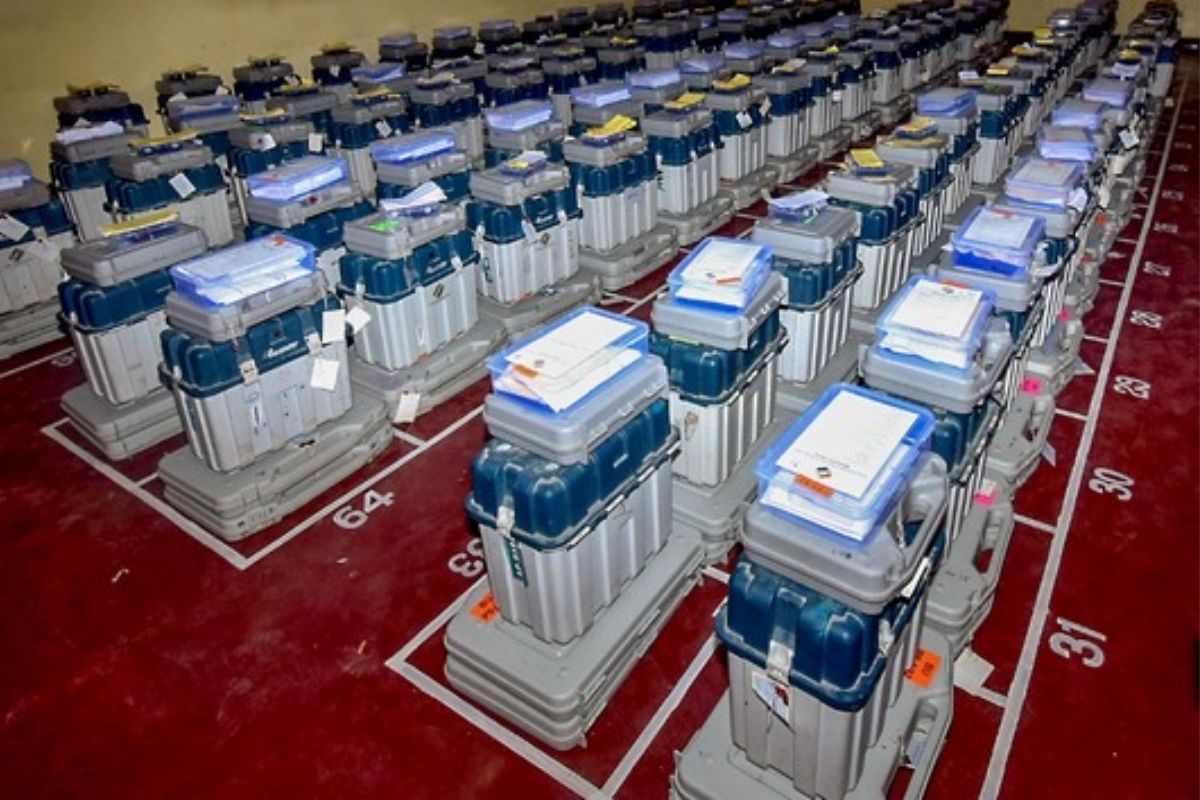Introduction
Exit polls have become a crucial component of the Indian electoral process, providing a snapshot of voter sentiment before the official results are announced. However, the reliability of these polls has often been called into question, with varying degrees of accuracy and confidence in their predictions. One aspect to consider when evaluating the reliability of exit polls in India is the methodology used in conducting these polls. Exit polls typically involve surveying voters as they leave polling stations to gauge their preferences and behaviour. However, factors such as sample size, sampling techniques, and survey design can all influence the accuracy of the results. Furthermore, most poll agencies are not transparency about their data or methodology, while some try to explain their predictions based on generic claims about scale and quality of voter surveys.
India Today – Axis My India Exit Poll claims “unmatched history” of predicting “nearly” every election correctly. As per India Today, Axis My India Exit Poll 2024 has the largest survey in terms of sample size for the 2024 Lok Sabha elections, encompassing 5.8 lakh interviews across all 543 parliamentary constituencies and 3,607 assembly constituencies. India Today said that over a period of 43 days, a team of 912 surveyors diligently conducted these interviews across 22,288 villages and cities with an aim to provide most “precise” predictions. Notably, in its explanation of their methodology, India Today is silent on representation in terms of gender, caste, age, religion, etc.
News18 said that it conducted mammoth exercise covering 21 states and 518 Lok Sabha seats for its exit poll survey, interviewing over 95000 voters. Furthermore, explaining its methodology, it notes that “In each Lok Sabha constituency, three Vidhan Sabha constituencies were covered, with 10 polling booths in each selected through random sampling. Around each polling station, trained investigators conducted 15 door-to-door interviews – one eligible respondent with inked finger per household. In case of the exit poll, near each polling station, 15 interviews were conducted of people coming out after casting their votes, with every fifth person stopped for an interview.” The news channel also claimed that it geo-tagged and cross-verified each figure and respondent. Again, the methodology is silent on the representative quality of the dataset.
Interestingly, other agencies did not provide any details about their methodology or dataset. Furthermore, the following considerations are important to keep in mind about the exit polls:
- Methodological Challenges: Conducting exit polls requires significant logistical coordination. The reliability of the results can be affected by factors such as sample size, sampling methodology, and the quality of data collection.
- Voter Behaviour: Voters may not always accurately report their choices, either due to social desirability bias or other reasons. This can lead to inaccuracies in exit poll predictions.
- Margin of Error: Like any survey, exit polls come with a margin of error. This margin can vary depending on the methodology and sample size, meaning that the actual election results may fall outside the predicted range.
- Dynamic Political Landscape: Indian elections often witness last-minute swings in voter preferences, making it challenging for exit polls to capture the true sentiment accurately.
- Complex Electoral System: India’s multi-phase and multi-party electoral system, coupled with diverse regional dynamics, can make it difficult to capture the nuances of voter behavior accurately.
- Regulatory Restrictions: India’s Election Commission imposes restrictions on the publication of exit poll results until all phases of voting are complete, which can affect the timing and accuracy of predictions.

